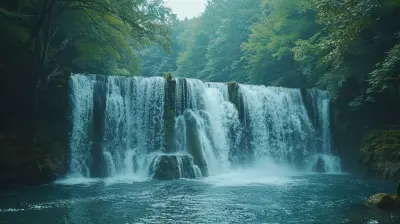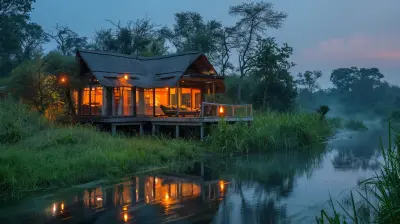Trek Through the Unknown: Hiking in Remote Exotic Destinations
21 July 2025
Have you ever dreamed of escaping the hustle and bustle of everyday life, leaving behind the noise, screens, and city lights? Imagine trekking through unspoiled landscapes where nature reigns supreme, where the only sounds are the rustling leaves, chirping birds, and your own footsteps carving a path through the unknown.
Hiking in remote, exotic destinations offers a sense of adventure that few other experiences can match. It takes you beyond the typical tourist trails and immerses you in places untouched by mass tourism. But where should you go? What should you expect? And is it really worth the challenge? Let’s lace up our boots and dive deep into the wild. 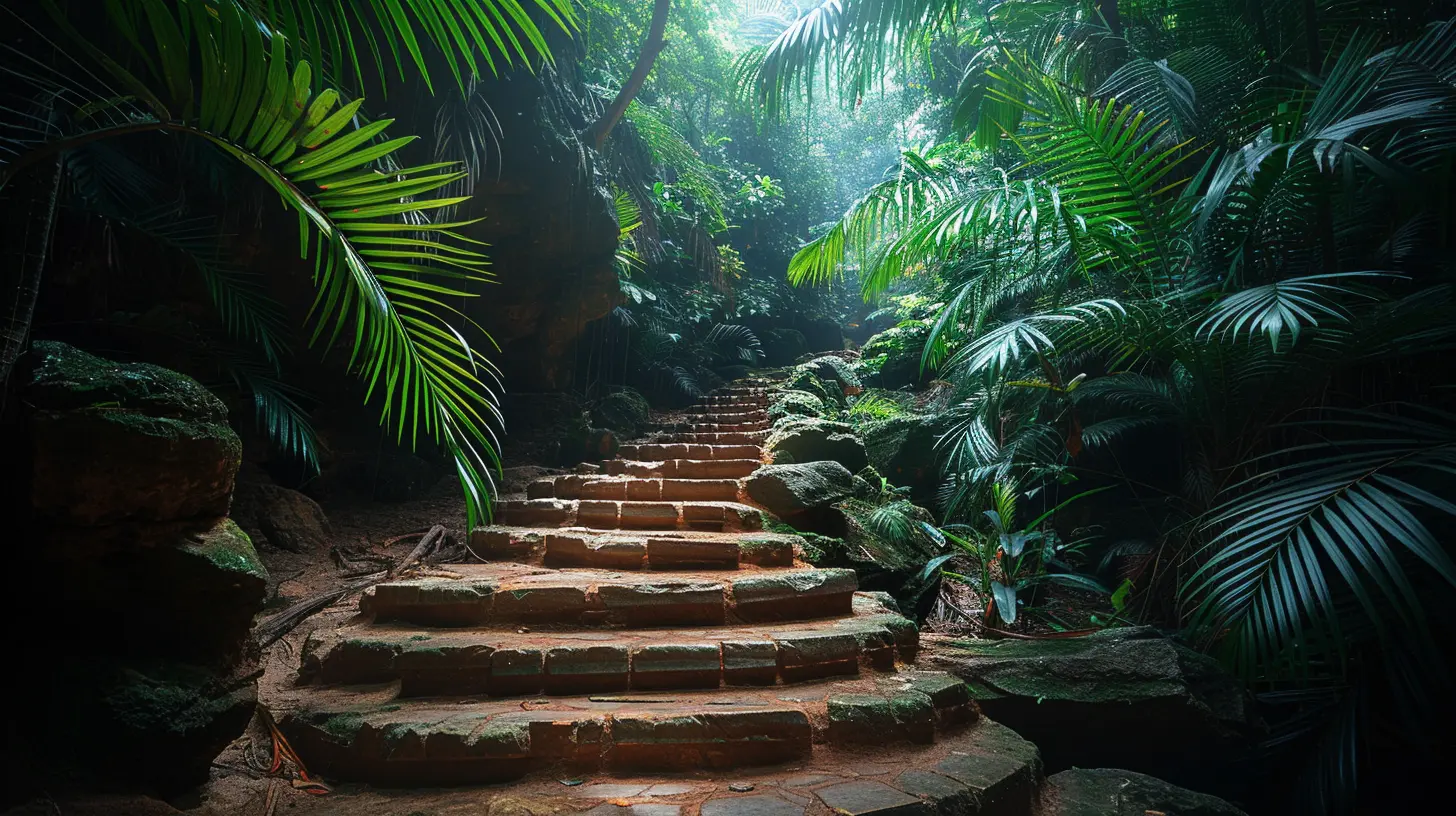
Why Hike in Remote Destinations?
You might wonder, why choose a remote trail over a well-marked, popular hiking route? Here’s the deal—venturing into the unknown gives you something you can’t find in crowded national parks: solitude, raw beauty, and a true test of your endurance.1. Escape the Crowds
If you’ve ever hiked a famous trail only to get stuck behind slow-moving tourists snapping endless selfies, you know how frustrating it can be. Remote hikes mean fewer people, giving you a chance to soak in nature without distractions.2. Discover Untouched Beauty
Some of the most stunning landscapes on Earth are hidden away from the usual tourist routes. Towering peaks, crystal-clear lakes, dense jungles, and otherworldly terrains await those willing to venture off the beaten path.3. Challenge Yourself
Hiking in isolated areas isn’t just about pretty views—it’s also about pushing past your limits. You’ll deal with rugged terrains, unpredictable weather, and the mental challenge of being far from civilization. But that’s what makes it an adventure.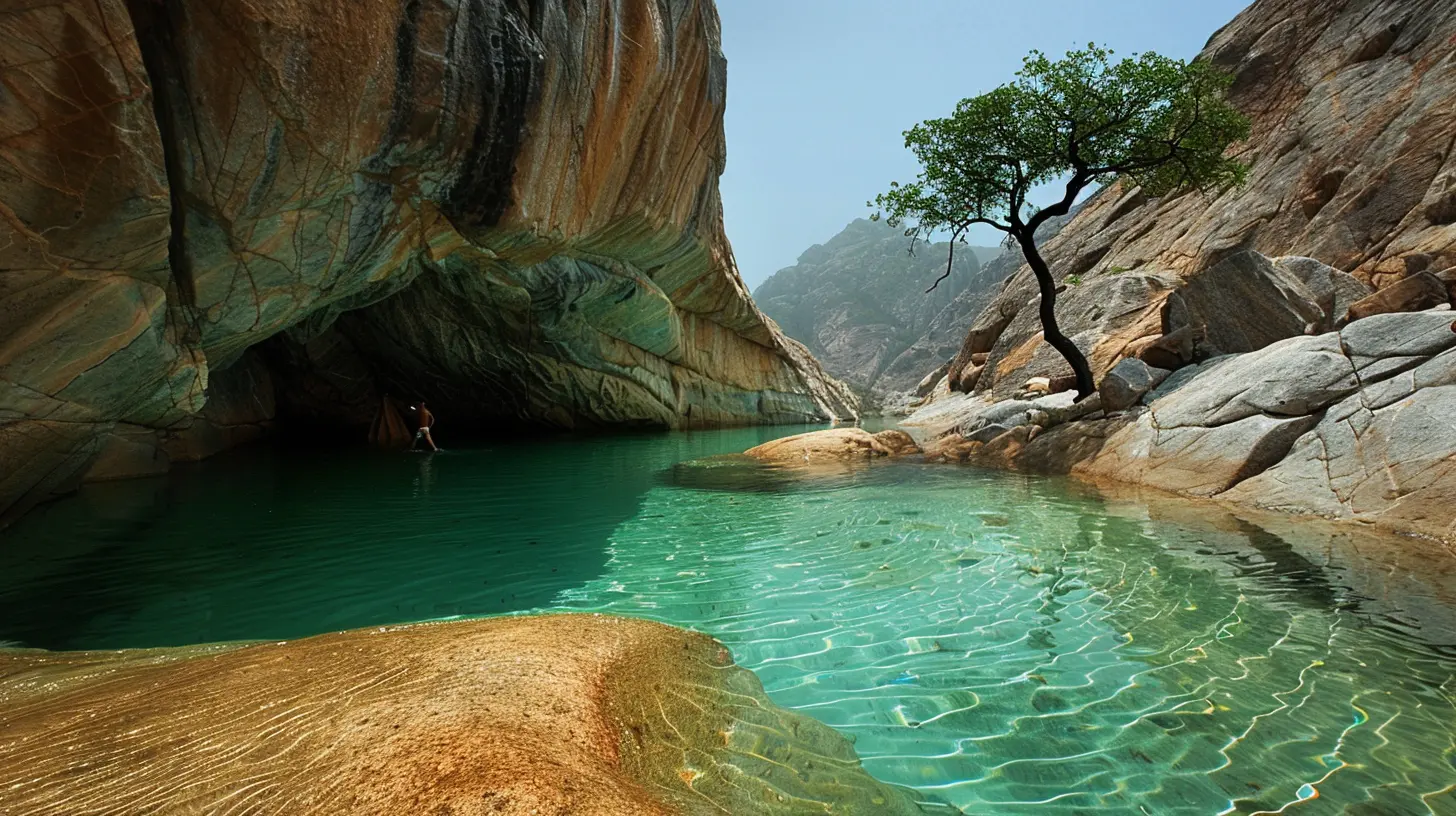
Top Remote Exotic Hiking Destinations
Let’s get to the good stuff—the trails that will make your heart race with excitement. These aren’t your typical tourist spots; these are the places where the wild still rules.1. The Huayhuash Circuit, Peru
If you think the Inca Trail is Peru’s best trek, think again. The Huayhuash Circuit is a jaw-dropping, demanding trek through the Andes that rivals any famous trail in the world.- Distance: ~80 miles
- Best Time to Hike: May to September
- Difficulty: Challenging
Expect high-altitude passes, crystal-clear glacial lakes, and towering snow-covered peaks. Unlike the more crowded trails, you’ll find solitude here—just you, the mountains, and maybe the occasional Andean condor soaring overhead.
2. The Drakensberg Traverse, South Africa & Lesotho
The Drakensberg Traverse is not your typical marked trail. This rugged journey takes you through the stunning mountain range separating South Africa and Lesotho.- Distance: ~130 miles
- Best Time to Hike: April to June
- Difficulty: Extremely challenging
One of the wildest treks in Africa, this hike demands expert navigation skills. There are no signs, no luxury lodges—just rolling grasslands, dramatic cliffs, and the occasional Basotho herdsman guiding his cattle through the highlands.
3. The Snowman Trek, Bhutan
Dubbed one of the toughest treks in the world, the Snowman Trek crosses 11 mountain passes, many over 16,000 feet.- Distance: ~200 miles
- Best Time to Hike: September to October
- Difficulty: Brutal
This trek takes you through some of the most remote areas of Bhutan, where the only signs of civilization are small villages and monasteries hidden deep in the mountains. If you’re seeking a true adventure, this one’s for you.
4. The Kokoda Track, Papua New Guinea
A historical route with deep significance, the Kokoda Track follows the path of World War II battles fought between Australian and Japanese troops.- Distance: ~60 miles
- Best Time to Hike: April to October
- Difficulty: Very challenging
Dense jungles, sweltering humidity, and river crossings make this one of the toughest treks in the world. But the reward? A deep connection to history and some of the most pristine rainforests on the planet.
5. The Baekdu Daegan Trail, South Korea & North Korea
If you want to hike a mountain range that stretches an entire country, the Baekdu Daegan Trail might be your calling.- Distance: ~460 miles (if hiking the South Korean section)
- Best Time to Hike: September to November
- Difficulty: Tough but not impossible
It follows the spine of the Korean Peninsula, with stunning temples, mist-covered peaks, and ancient forests. The North Korean portion remains mysterious and mostly inaccessible, adding to its intrigue. 
What to Expect on Remote Hikes
1. Physical Challenges
Remote hikes aren’t easy. You’ll be dealing with steep ascents, long hours of walking, and unpredictable weather. Training beforehand is a must.2. Limited Resources
Forget about fancy mountain lodges or hot showers. Many of these treks require camping, carrying your own food, and filtering water from streams.3. Self-Sufficiency is Key
In remote areas, there’s no cell service, no emergency rescue teams nearby, and no convenience stores. You need solid navigation skills, first aid knowledge, and the right mindset to handle whatever comes your way.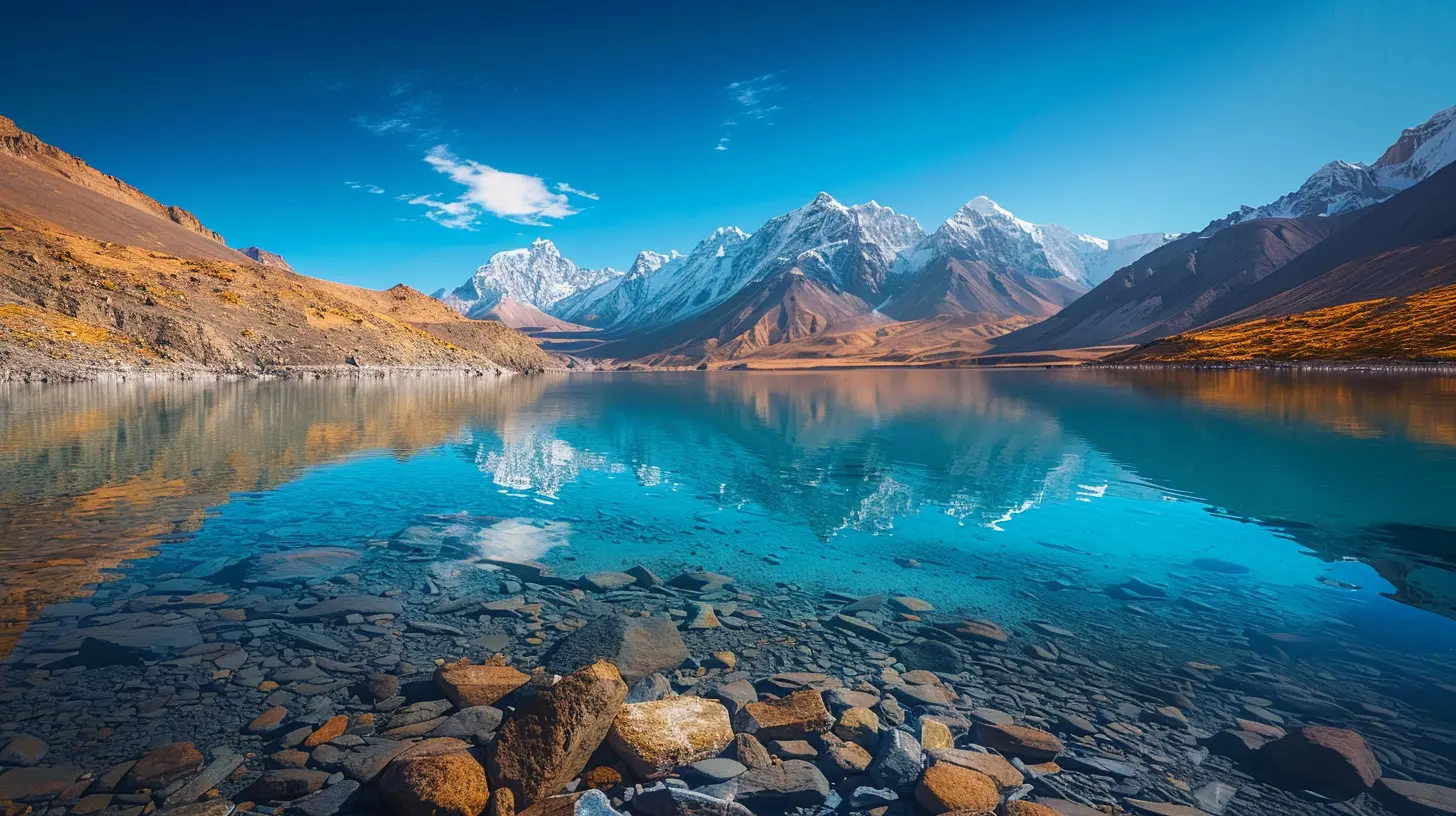
Pro Tips for Taking on Remote Hikes
- Train in advance: Start with smaller hikes before tackling remote trails. Strengthen your endurance and get used to carrying a heavy pack.- Pack smart: Lightweight gear is essential. Invest in a good tent, sleeping bag, and proper hiking boots.
- Navigation skills matter: Learn how to use a map and compass. GPS devices are great, but batteries die.
- Respect the environment: Leave no trace. That means packing out all trash, using biodegradable soap, and respecting local wildlife.
- Acclimate to altitude: If your trek involves high elevations, give yourself time to adjust to avoid altitude sickness.
Is It Worth the Effort?
Absolutely. Yes, remote hiking is tough. Yes, it requires preparation. But the reward? A sense of freedom unlike anything else. The ability to stand atop a peak knowing you’ve conquered both the trail and your own doubts. There’s no feeling quite like it.If you're looking for adventure, challenge, and raw natural beauty, trekking through the unknown might just be the perfect journey for you. Ready to take the first step?
all images in this post were generated using AI tools
Category:
Exotic DestinationsAuthor:

Kelly Hall
Discussion
rate this article
2 comments
Grayson Castillo
Adventure reveals the soul's depths.
November 17, 2025 at 5:25 AM

Kelly Hall
Absolutely! Adventure not only challenges us physically but also unveils our true selves, deepening our understanding of who we are.
Morrow McQuillan
Exploring remote exotic destinations offers hikers unparalleled experiences, blending breathtaking landscapes with cultural encounters. These treks not only challenge physical endurance but also immerse travelers in the rich tapestry of untouched nature and local traditions.
July 26, 2025 at 2:39 AM

Kelly Hall
Thank you for your insightful comment! I completely agree—hiking in remote destinations truly enriches both the body and spirit through nature's beauty and cultural connections.

